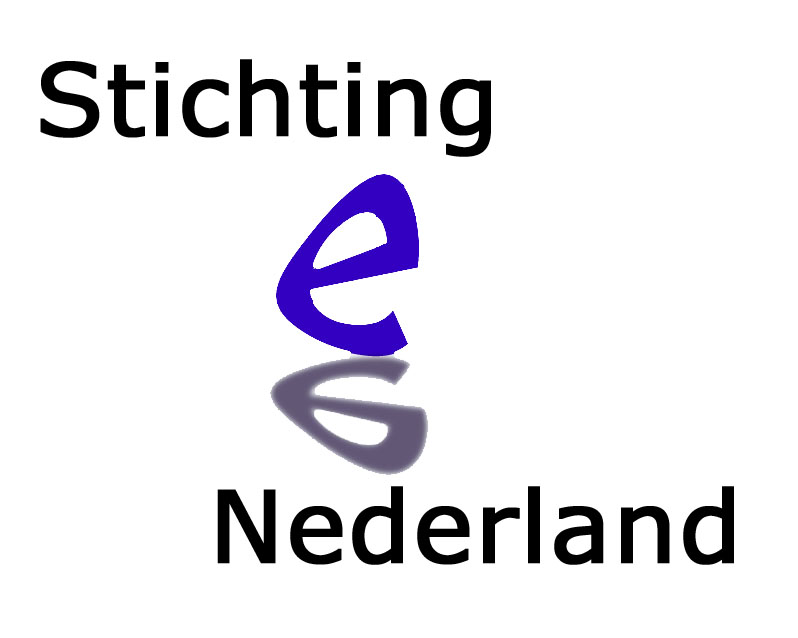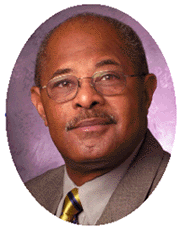 |
||||
Keynote Conversation: "The Future of Entertainment-Education" We Have Come a Long Way...
|
 |
|
"There is more to entertainment-education
programming than soap operas. The multi-channel future
demands the use of other entertainment genres!"
|
Chair Vibert Cambridge (USA) opened this plenary session with a historical look at post-World War II society. The world was faced with many problems then, and several organizations were founded to help find solutions. In retrospect, one can imagine that a considerable amount of development communication took place at that moment in time, said Cambridge. Then, as now, EE was one element in this communication strategy, utilized to bring about social change. According to Cambridge, the big questions facing EE practitioners today are: "What has happened since? Were has EE come from, and where is it heading?"
The Early Days of EE
Sergio Alarcon and Miguel Sabido (Mexico) sketched the recent history of EE. In 1964, Sabido designed a methodology to protect traditional culture, using ritual popular ceremonies as units of analysis. He defined a dramatic scheme that included scripts, dance, costumes, music, and cuisine. In 1967, he started using comic books and photo-novellas to transmit public health messages, and he wrote his first historic telenovella. In 1974, through a telenovella based on adult education, Sabido's ideas on EE became widely recognized.
The Current Global State of EE
Tanja Bosch and Joshua Ogada (USA) presented their research, which documented 163 EE projects around the world from 1989 to 1999, to learn about current genres, channels, and sectors.
They found that Africa had the largest portion of all regions (36%), followed by North America (17%) and South America (12%). A variety of media were used, with mass media (radio, television, and print) representing 54%. Radio was the main channel in Central Asia, while in Africa it was used in 33% of programs. The primary EE program topics throughout the world were reproductive health, health and family planning, and HIV/ AIDS. The predominant EE genres were recorded music and soap operas.
Bosch and Ogada concluded their presentation by saying that there is a need for increased study of intuitive EE practices, which contain and communicate important educational messages without having been strategically designed to do this. Furthermore, the relationship between these and strategic practices should be studied. More research should be conducted on EE projects to find out more about their theoretical research, monitoring, and evaluation frameworks, and practitioners should consider diversifying the genres in their projects; there may be a tendency to be overdependent on specific genres.
The Soap Opera is Valuable...
Participants picked up on this and discussed the central role of soap operas in EE campaigns. Sabido explained that the theme of every soap opera is "what is good and what is bad." In other words, soaps offer a daily moral reflection. Furthermore, there is often audience identification with characters, raising the possibility of audience growth along with character growth.
...But We Should Broaden Our Horizons
However, participants raised a concern for greater attention to genre selection. Minou Fuglesang of Femina magazine (Tanzania) suggested using teenage magazines to reach girls. In addition, Phyllis Piotrow (USA) said that we may have to move away from drama towards more interactive types of media, such as talk shows and reality formats. According to Piotrow, audiences are becoming more interested in these genres, and adopting them could prove to be cost-effective for EE campaigns.
Cultural Exchange of EE
In the final presentation, Arvind Singhal (USA) said that it is important to move beyond national boundaries and target EE projects toward entire cultural territories. It is surprising, he noted, that even with globalization, Bosch and Ogada found only 1% of EE projects with a worldwide scope.
Successful examples of projects that have been able to cross national boundaries include Sabido's soap operas, which have attracted audiences in several other Latin American countries. In addition, the films made by John Riber are shown throughout Africa, and the Soul City project is broadcast in three South African languages and exported to the rest of the continent.
Greater Focus on Audience Responses
Discussion then shifted to how messages are received by target audiences. EE practitioners should maintain their concentration on the design of campaigns, but should also build awareness of responses to their campaigns, said participants. One example was to organize listening clubs for soap opera audiences. Furthermore, practitioners should find out whether their projects are generating behavior change. It is essential to know whether projects have recurring impacts, or whether there is impact only at an individual or a collective level.
EE and New Technologies
Singhal also raised the relationship between EE and new technologies, such as the Internet. The Internet "puts the 'me' in the medium," he said. Though the Internet is creating new possibilities for interaction, we should keep in mind that it is still an elite medium. Therefore, we should not discard more traditional forms of media.
Finally, Singhal concluded that the discourse on EE is about "prospects, possibilities, and creativity." We may have come a long way, said Singhal, but an exiting future with new possibilities and challenges lies ahead.
![]()
